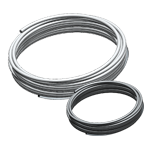FAQ
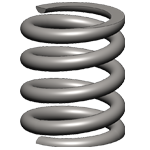
Compression springs
A compression spring is an elastic coil, made of spring steel - its spring characteristic is that it absorbs force or provides resistance. A compression spring can be used as a pure energy accumulator, shock absorber, vibration damper or force generator.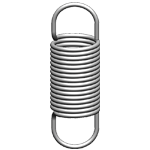
Extension springs
An extension spring can both absorb and store energy, as well as create resistance to a pulling force.Extension springs often have a loop or hook at the end for mounting the spring. An extension spring is in most cases mounted on other objects that are in motion. When these objects move, the extension spring attempts to bring the objects back to their start position.
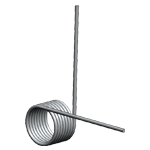
Torsion springs
Torsion springs are used to produce torque or accumulate rotational energy in an assembly construction.A torsion spring is typically mounted on a mandrel. The mandrel is dimensioned so there is just enough of a gap between the mandrel and the inner side of the spring body.
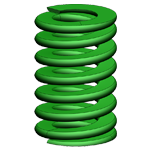
Die springs
Die springs are a good choice in assemblies where high force is required for limited installation dimensions.Die springs are selected according to the working hole and shaft diameter. There has to be room for a die spring to work without hindrance, so the starting point is not the physical dimensions of the die spring but the installation dimensions.
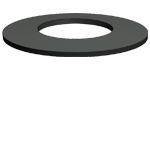
Disc springs
A disc spring is a spring washer with a conical shape. This shape gives the spring washer its flexible effect. Disc springs are also called Belleville spring washers and conical spring washers.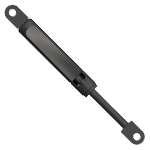
Gas springs
A unit that offers controlled raising or lowering of an object without the use of external energy.Gas springs are used everywhere and in innumerable assemblies. If an engineer, constructor or designer wants controlled movement without the addition of extra energy - gas springs may be the solution in many cases.


